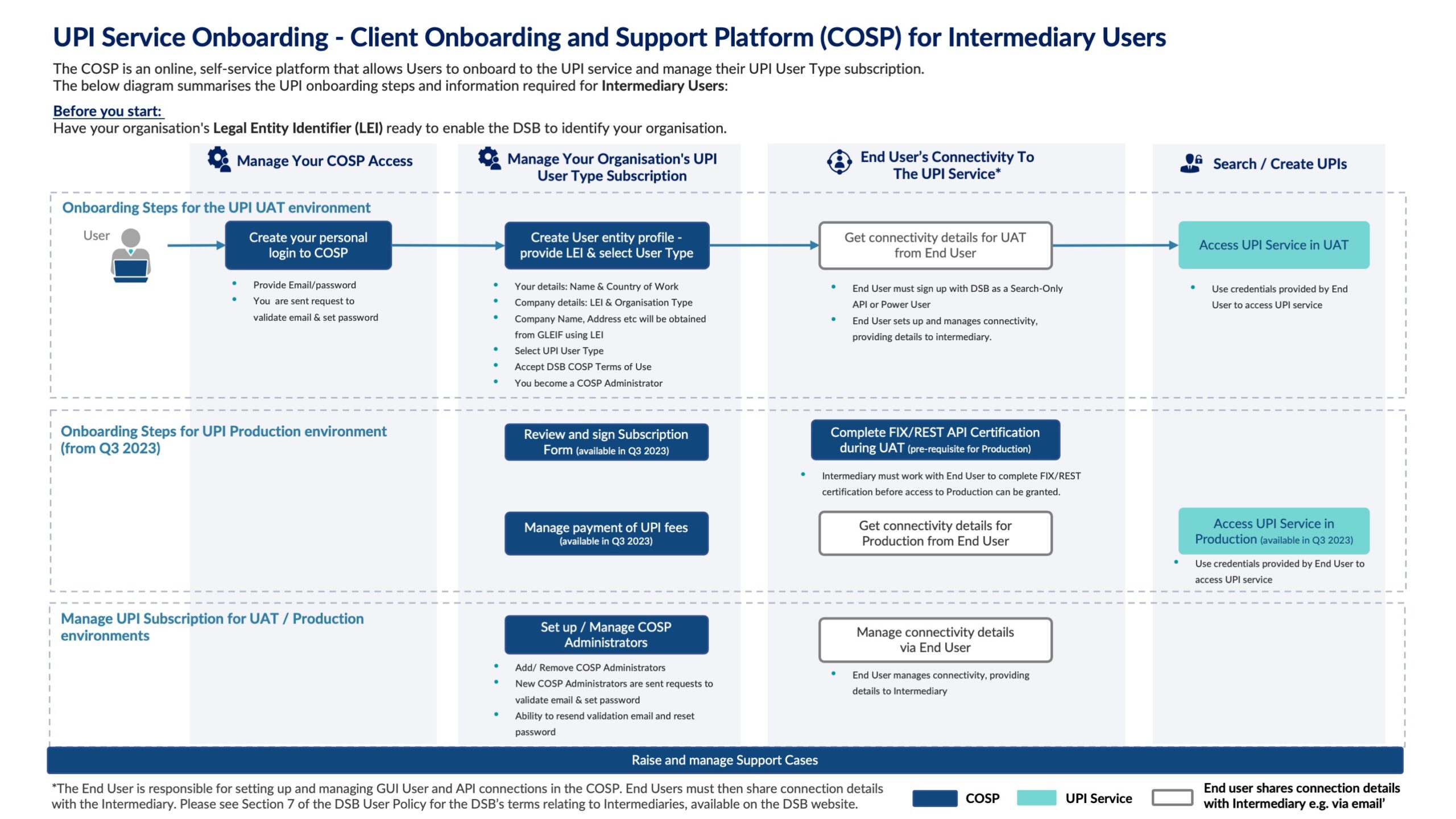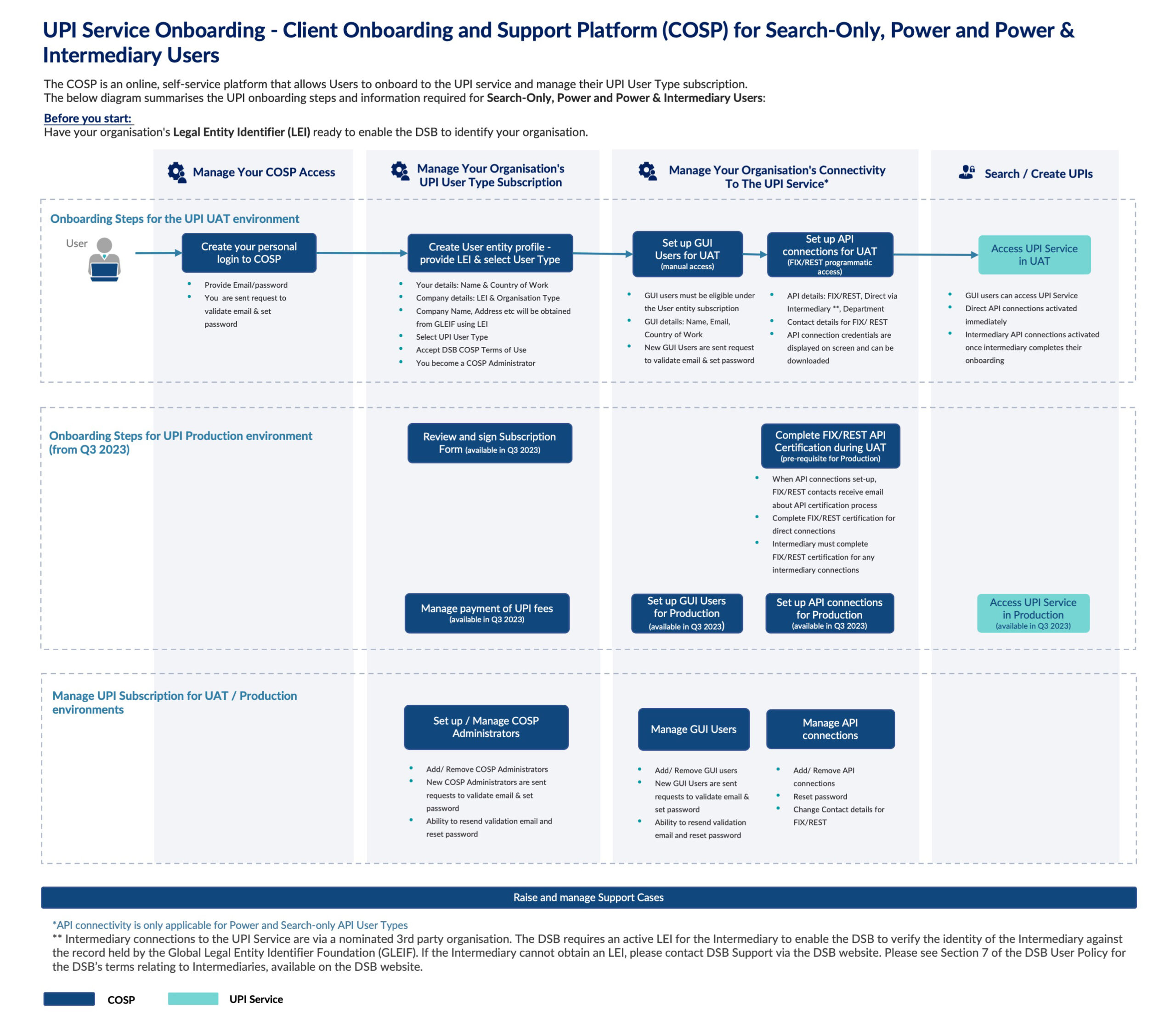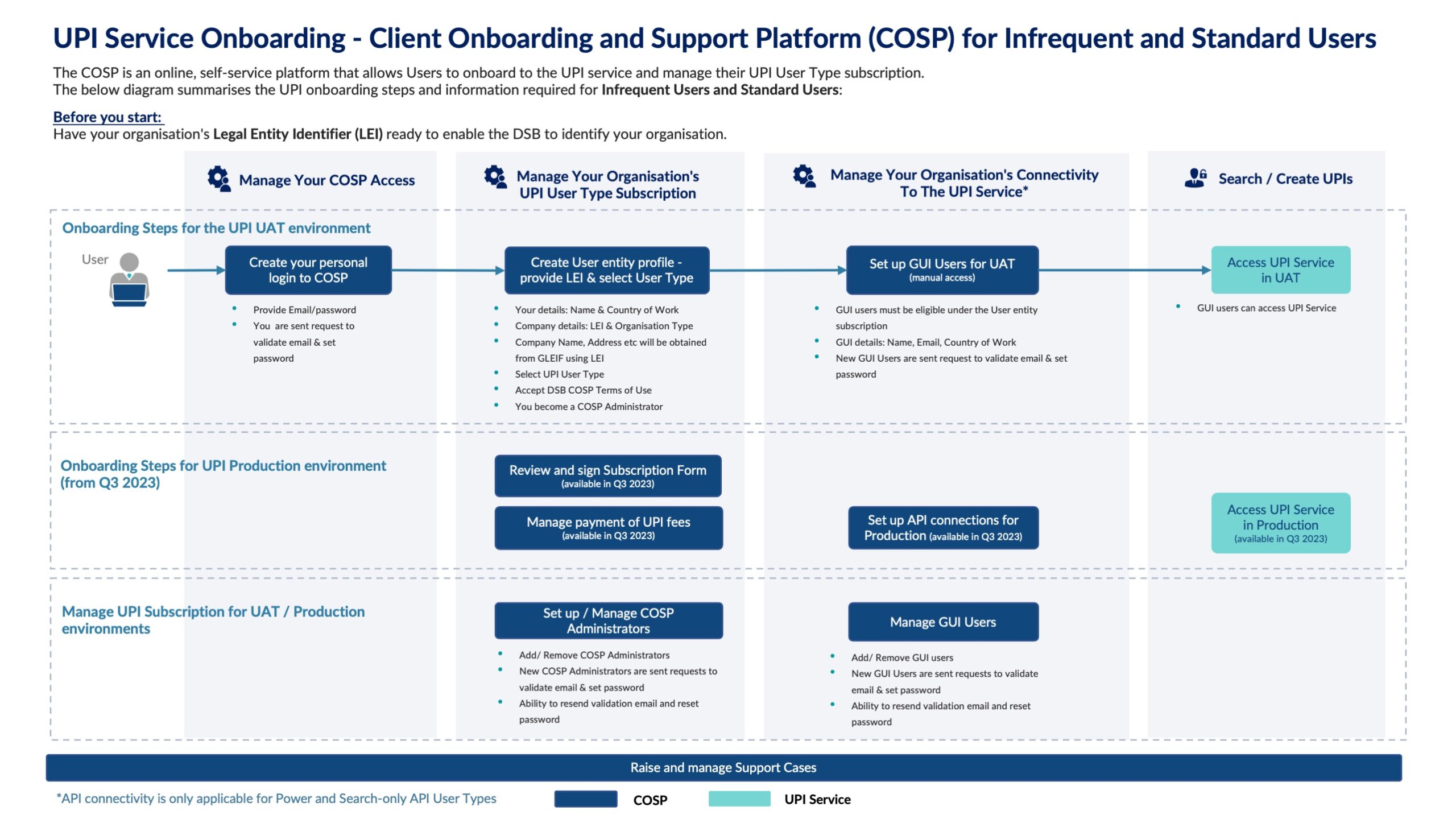The UPI-ISIN: It’s not an ‘either or’ choice
Both the EU[1] and the UK[2] are in the midst of revising their price transparency regimes for OTC derivatives. As part of this process, they’re considering which OTC derivatives identifier to use: the OTC ISIN, which is used in both jurisdictions currently, or introduce a ‘UPI+’ consisting of the UPI plus reporting of additional data elements (the ‘+’ part) separately.
The choice of an OTC derivatives identifier is mostly presented as an ‘either or’ question – do we go with the OTC-ISIN or the UPI? But that’s not the real question: if you have the OTC-ISIN, you have the UPI. The OTC-ISIN is simply the UPI plus additional data elements. So, to misquote Casablanca and shoehorn a semi-mainstream reference into this technical, niche topic, ‘we’ll always have UPI’.
How do we always have the UPI?
The OTC-ISIN and UPI are both ISO identifiers issued by the Derivatives Service Bureau[3] (DSB). Following feedback from public authorities and market participants, the DSB has ensured that the OTC-ISIN and UPI are fully aligned. Concretely, this means that the corresponding UPI code is included in each OTC ISIN record.
In short, the OTC-ISIN can also be called the UPI-ISIN. So to rephrase the original question: do we go with the UPI-ISIN or the UPI? Either way, we always have the UPI.
The ‘wrapper’ question
Both approaches result in the use of the UPI. Therefore, the real question becomes: do you want everything – the UPI and the ‘+’ elements – inside one wrapper? That’s the “UPI-ISIN” approach and it means the OTC derivative can be referenced using a single identifier.
Alternatively, do you want the UPI with the ‘+’ elements outside the wrapper? That’s the “UPI+” approach and it means the OTC derivative must be identified using a combination of the UPI and the various ‘+’ elements.
In both scenarios you have the UPI and the ‘+’: only the wrapper is different.
To wrap or not to wrap – that is the question
The DSB is of the view that the UPI-ISIN provides all the benefits of the UPI and several additional benefits that would not exist if the UPI were used outside a wrapper.
Firstly, we should be clear that both approaches provide the main benefit of the UPI, which is cross jurisdictional harmonization among G20 countries.
In addition, the UPI-ISIN wrapper provides the following benefits:
- Cross-regulation harmonization because existing EU and UK jurisdictions use the ISIN across multiple existing regulations.
- Cross-asset harmonization because existing EU and UK jurisdictions use the ISIN to identify other classes such as Exchange Traded Derivatives and underliers such as Bonds.
- Improved data quality because putting ‘+’ data elements in the UPI-ISIN means these elements have been harmonized enabling consistent interpretation and validation.
- Easier interpretation of transparency data because users have a single easy-to-use identifier without needing to understand the additional ‘+’ elements alongside the UPI
The UPI-ISIN is also an excellent example of implementation of guidance from the CPMI-IOSCO UPI Technical Guidance[4] that while the primary use case of the UPI is risk aggregation, “the UPI could be leveraged to create other more granular derivatives identifiers for other purposes”. The fact that the UPI-ISIN brings all the benefits of the UPI plus several additional advantages that are tailored for the transparency and transaction reporting use cases, is a great demonstration of forward thinking by CPMI-IOSCO, European regulators and ISO in the design of both the ISIN and the UPI.
The ‘+’ elements
The FCA and European Commission, appreciating the UPI alone is insufficient for transparency purposes, have both consulted on what the ‘+’ elements should be. What are those ‘+’ elements? The beauty of the UPI-ISIN is that participants can rely on the DSB to integrate the agreed additional data elements on their behalf, reducing implementation requirements. In the next article, the DSB discusses its proposal to modify the UPI-ISIN to serve transparency purposes.
Why now is the time to reflect
The DSB completed the exercise[5] of adding the UPI into each and every existing OTC ISIN record in January 2024. This means the UPI-ISIN is now complete. Going forwards, a UPI is always added to each and every new UPI-ISIN. And that’s a wrap.
[1] https://finance.ec.europa.eu/regulation-and-supervision/consultations-0/targeted-consultation-otc-derivatives-identifier-public-transparency-purposes_en
[2] https://www.fca.org.uk/publications/consultation-papers/cp23-32-improving-transparency-bond-and-derivatives-markets














